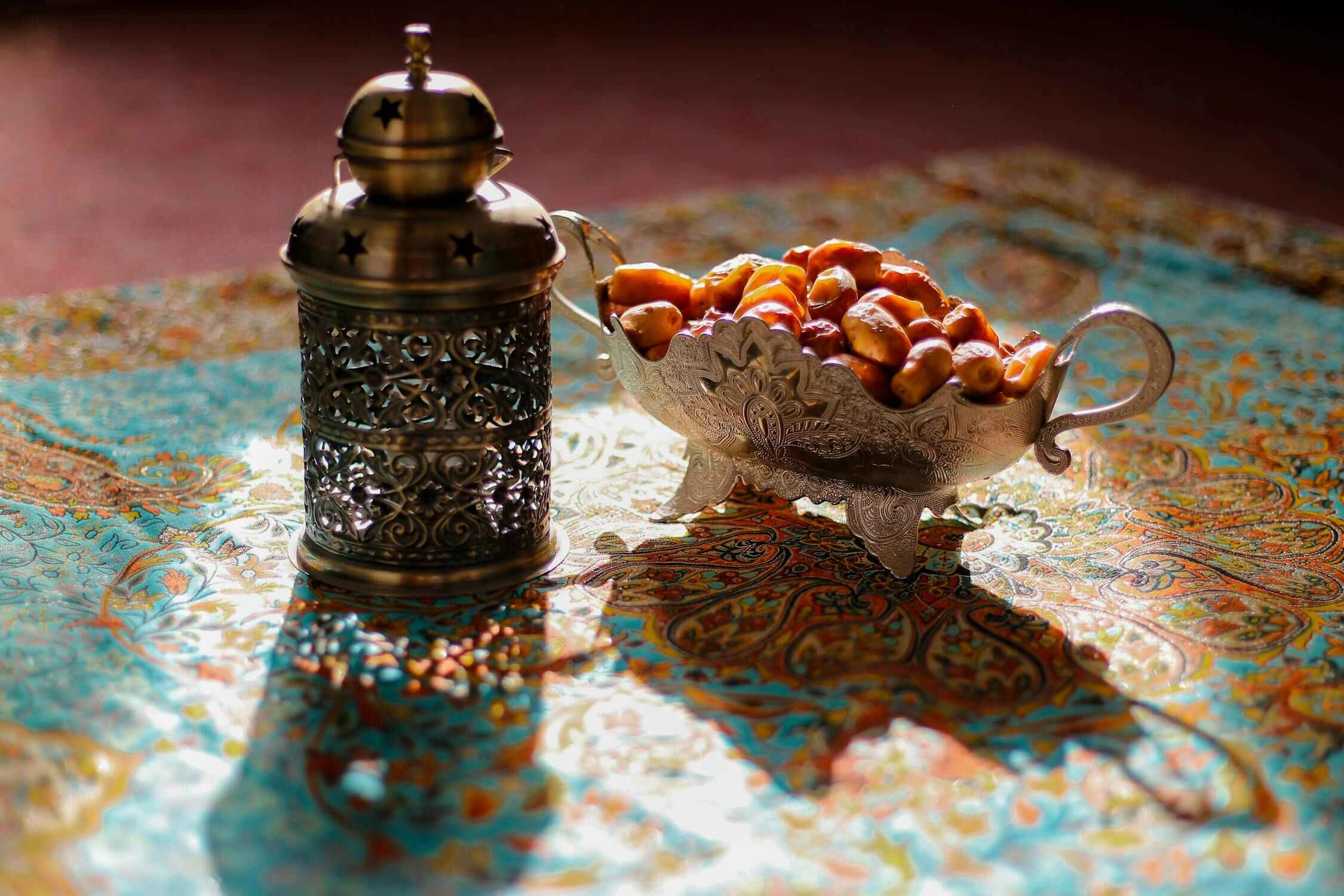Farasan Islands: The Coral Jewel of Saudi Arabia
By Vishnupriya Prasannan
● Last Updated : 20 Sep 2023
Beaches
Destinations
Middle East
Famously known for its magnificent white shorelines and bucolic vistas lies a small cluster of coral islands in Saudi Arabia known as the Farasan Islands. These vistas have stayed unchanged throughout history. The Farasan Islands are located in the Red Sea, around 40 kilometers off Jazan’s shore. It is one of the biggest islands in the Red Sea and a well-liked vacation spot. These islands are a paradise that gives a haven to experience the simple life on the Red Sea while having the opportunity to dive and snorkel.

The Farasan Islands are a vast archipelago of more than 170 coral reef-uplifted islands and islets located 40 to 90 kilometers offshore from the city of Jazan. This city lies on the Kingdom of Saudi Arabia’s south-eastern coast. The Farasan archipelago was created from fossil coral reefs that had been lifted to ground level to make a living habitat. The islands are situated on the Arabian continental shelf, which is 120 km broad and less than 200 m deep off the coast of Jazan.
Among these 170 islands, there are only three islands that are home to Saudis. Farasan is also the name of the island’s largest town. Being the largest and most populous island, it has 12,000 permanent residents living there for decades. They travel to Jazan for employment.
To preserve biodiversity, a “Farasan island marine sanctuary” has been established around the island. It is a UNESCO protected area where a few endangered terrestrial creatures, marine life, and birds migrating from Europe reside.
Dating back to its Origin
With the evidence of human activity dating back to the beginning of the first millennium BC, many civilizations have left their marks throughout history. These include the Romans, Ottomans, Aksumites, Sabeans, Europeans, Africans, and, of course, Arabs. The Aksumites and Arabs were among the numerous people who traversed Farasan throughout the ages and left traces of their societies behind. The islands were formerly known as Portus Ferresanus because a Latin inscription from 144 AD mentions that the Roman garrison was then discovered on one of the islands.

The Imperial German Navy and the Ottoman Empire agreed in 1900 to build a coaling station on the islands to serve their ships operating in the Red Sea. The Ottoman Empire refused to surrender the coal stockpile, which prevented the German Empire from obtaining the islands as intended. Due to some reasons, this idea was abandoned in 1902.
The strategic location of Jazan Province, notably the Farasan Islands, became more focused in the 20th century when the Germans constructed a fort on one of the archipelago’s islands.
Major attractions at and around the islands
The island offers stunning coral reefs for an unforgettable scuba diving adventure. The mangrove woods on the islands, which serve as a major bird breeding area, are pretty famous. The island is home to the most significant natural habitats for the Red Sea region’s biological diversity. It is also a global hotspot and a high priority for conservation. These habitats include threatened species of animals and birds with an exceptional universal value from a scientific or conservation standpoint.

Since just a thousand of these elegant animals left as of 2013, the islands are home to most of Saudi Arabia’s Idmi Gazelle species. The islands are big enough to house the whole population of Idmi Gazelles, which are unique to the islands and Saudi Arabia as a whole.
Flora and Fauna of the Farasan islands
The Farasan Islands are classified as an Important Bird Area because they are home to numerous endangered species like white-eyed gulls. Birds like greater flamingos, pink-backed pelicans, Eurasian spoonbills, and ospreys are found here. Another discovery is of the island’s only native snake – the Saros island racer Coluber insulanus are also abundant on the island. Among other unique species of birds found on this island are red sea (brown) noddy, lesser crested tern, white-cheeked tern, sooty falcon, and crab-plover.
Many unique species of plants are also found on these islands. The dugong, whales, dolphins, Patrizi’s trident leaf-nosed bat, green turtle, hawksbill turtle, and manta ray are other important taxa found here.

A great variety of corals, mollusks, crabs, and reef fish can be found in the nearby seas. They also have high-quality coral reefs and a variety of valuable and well-protected coastal wetlands. These include saltmarshes, red and black mangroves, seagrass beds, and macroalgal reefs.
The islands have low brown platforms in the water that rises to low inland cliffs as their landscape. It feels remote because of how bare the desert is and how vividly blue-green the lake is next to it. Long, white beaches, shallow cliffs, and coral-fossilized rocks emerge as prominent landscape elements.
Jazan has made a real effort to preserve its history and traditions and has a number of museums that merit the attention of anyone curious about the area’s past. For archaeologists, these museums have a lot to offer.
Ways to Explore Farasan Islands
- The sandstone settlement of Al Qassar, one of the island’s most well-known attractions, is thought to have existed throughout the Roman era. It was fully reconstructed to serve as a tourist destination even though it is no longer inhabited.
- A visit to Beit Al Refai is especially recommended for its classic Farasani architecture. It belonged to the wealthy pearl trader Munawar Al Refai 100 years ago: The house has elaborate designs on its gypsum walls and was constructed with coral stones.

- Visit the stunning Najdi Mosque to see Farasan’s unique design legacy once more.
- Fishing at the island’s pier calls for a more distinctive and remarkable experience.
- Try some regional specialties and sip traditional Farsi tea with freshly made bread.
- Visit Gazelle landmarks with a knowledgeable guide. They are lovely to see.
- Undiscovered coral systems can be found beneath the waters that lap at the island’s coastlines. It’s up to you to discover the sea environment’s undiscovered potential!

- Farasan is known for its colorful parrotfish (which the locals celebrate in a festival every Spring).
- The variety of aquatic species here is endless, ranging from manta rays and sea turtles to whale sharks and dugongs. So, take a dive and experience Farasan’s world.
- Make sure to visit the Jazan Port to peruse the numerous dive stores and get some souvenirs or diving gear.
- Walk around the islands or snorkel in the shallows, then finish the day with a bonfire beneath a peaceful starry sky.

- The Portuguese Castle, Green Buildings, Al-Najdi Mosque, Wadi Matar, Manzil Al-Rifai, Al-Kadmi, Luqman, and Al-Ardi Castle are just a few famous landmarks in Farasan town. Plan a visit to these landmarks, to learn more about the diverse cultures.
- Another place to visit is “the house of the Germans” named Beit al-Jaramal. German businessmen constructed it as a coal storehouse in 1901 CE. German dwellings are still present there.
- Gorge at the local eateries that provide excellent seafood cooked in the spices of the forest.
- Visit the Dr. Ali Mohammed Awaji Museum at the port of Jazan, which has several ancient relics. The tools, crafts, pots, and vases they have are all thought to be older than 5000 years.
- Visit the Bi’ir Museum at Jazan port, whose owner – Hussein Yahiya Alfifi, turned his home into a museum. This museum was devoted to conserving and commemorating the history and heritage of his region.
Experience the Coral Journey to the Farasan Islands
A long hot season (April to October) and a short cold season (November to March) define the Farasan Archipelago’s climate. High temperatures predominate typically throughout the protracted dry period. June to December are the ideal months to visit these islands.
Despite the fact that the island has hotels like the Farasan Hotel and the Farasan Coral Resort, many visitors opt to set up camp on the shore to experience the wilderness. The Farasan Islands offer a getaway to nature and wanderlust. Having an expert guide there may make it easier for you to cross its frontiers and explore the islands. Fortunately, some ships can transport you to the islands several times each day if you prefer to make your travel arrangements.

Jazan and Farasan are separated by a 50-kilometer distance (31 mi). On this route, both ferries and flukas (small regional boats) are employed. Traveling on these ferries is free. Eight hundred people can fit on the ferry, which can carry 35 to 40 cars too. The flukas can accommodate up to twelve people at a time.
Plan a visit to this coral beauty of Saudi Arabia. Besides this, Farasan has many tourist attractions that you can’t miss. Rehlat can help you with all the bookings related to hotels and travel at the best prices.
If you are looking for your next summer holiday spot, Saudi Arabia should be your pick! Use Rehlat’s special flight offer to save up to 25 USD on flights to the Kingdom. Use code: SAUDI while booking. Also, get up to 12% off on hotels in Saudi Arabia with code: STAY12.
To add more fun and excitement to your trip to Saudi Arabia, Visit the Riyadh Season 2022, the biggest event happening in Saudi. To know more about the Riyadh season event and tickets, check out our website!
Vishnupriya Prasannan
Making spontaneous travel plans and good surprises are something I ace at. Big-time movie buff and series addict. If not watching a movie, you can find me lost with a book. Still waiting for my letter from Hogwarts.
Latest Blogs
The Evolution of Middle Eastern Cuisine in the Gulf
23 Oct 25
_(1)_(1).webp)
Flight Connectivity in the GCC: New Routes, Low-Cost Carriers vs Premium Travel
21 Oct 25
.webp)
The Major Tourism Projects in the Middle East: From Luxury Trains to Exclusive Islands
24 Sep 25
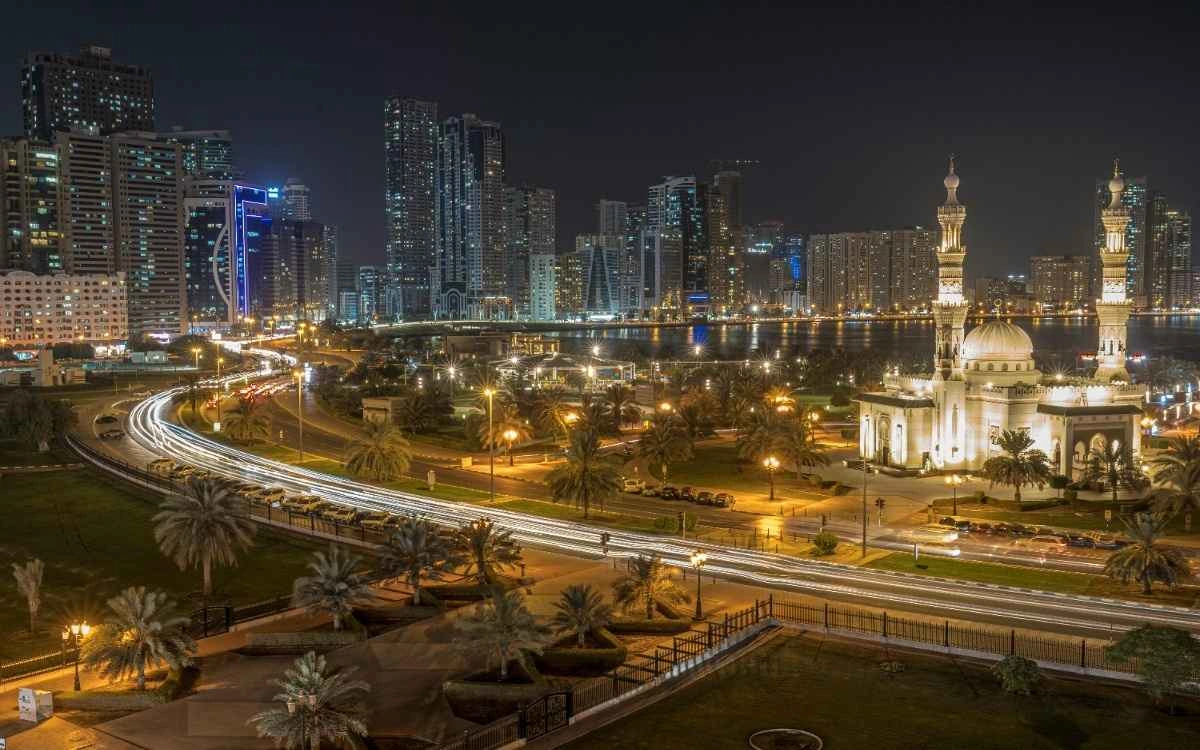
Your Guide to the Top Cultural Festivals in Saudi Arabia During Fall and Winter
25 Sep 25

The Major Tourism Projects in the Middle East: From Luxury Trains to Exclusive Islands
29 Sep 25

Popular Blogs
Where to Buy Souvenirs in Dubai?
11 Dec 24
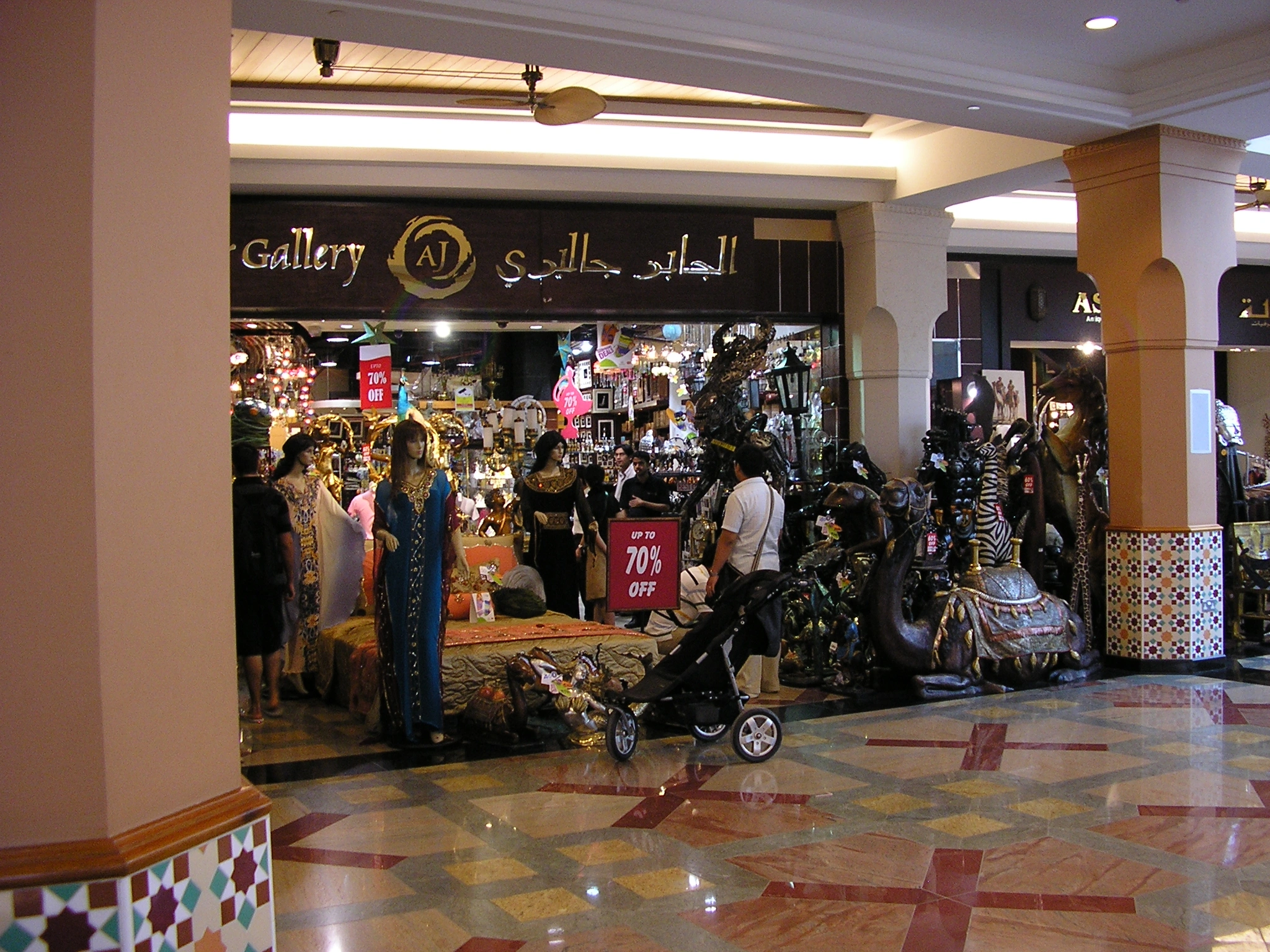
UAE National Day Weekend – What to do & Where to go
14 Feb 25
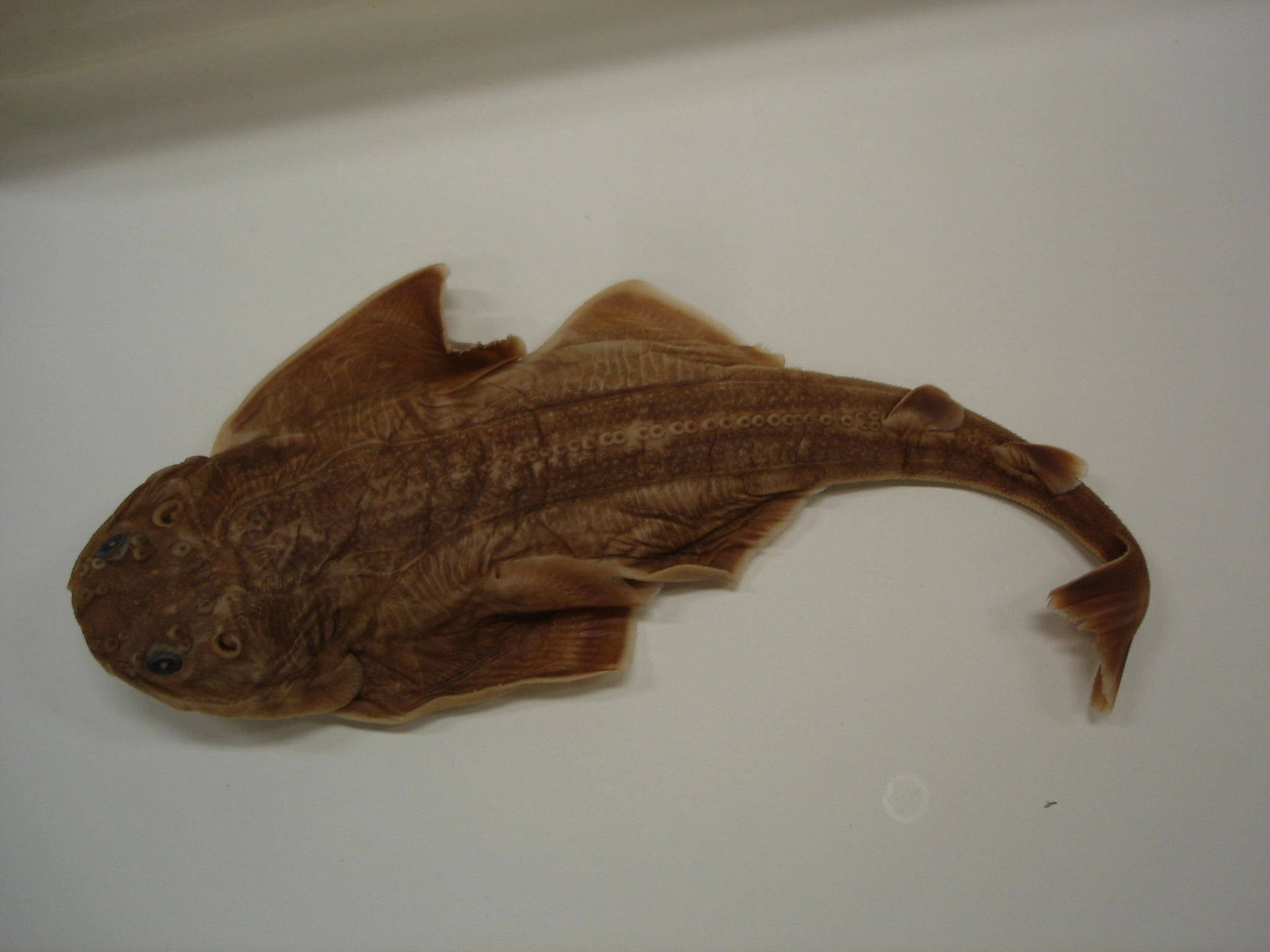
In Arms of January
29 Oct 24

The Hidden Cultural Attractions of Kuwait Revealed
24 Dec 24
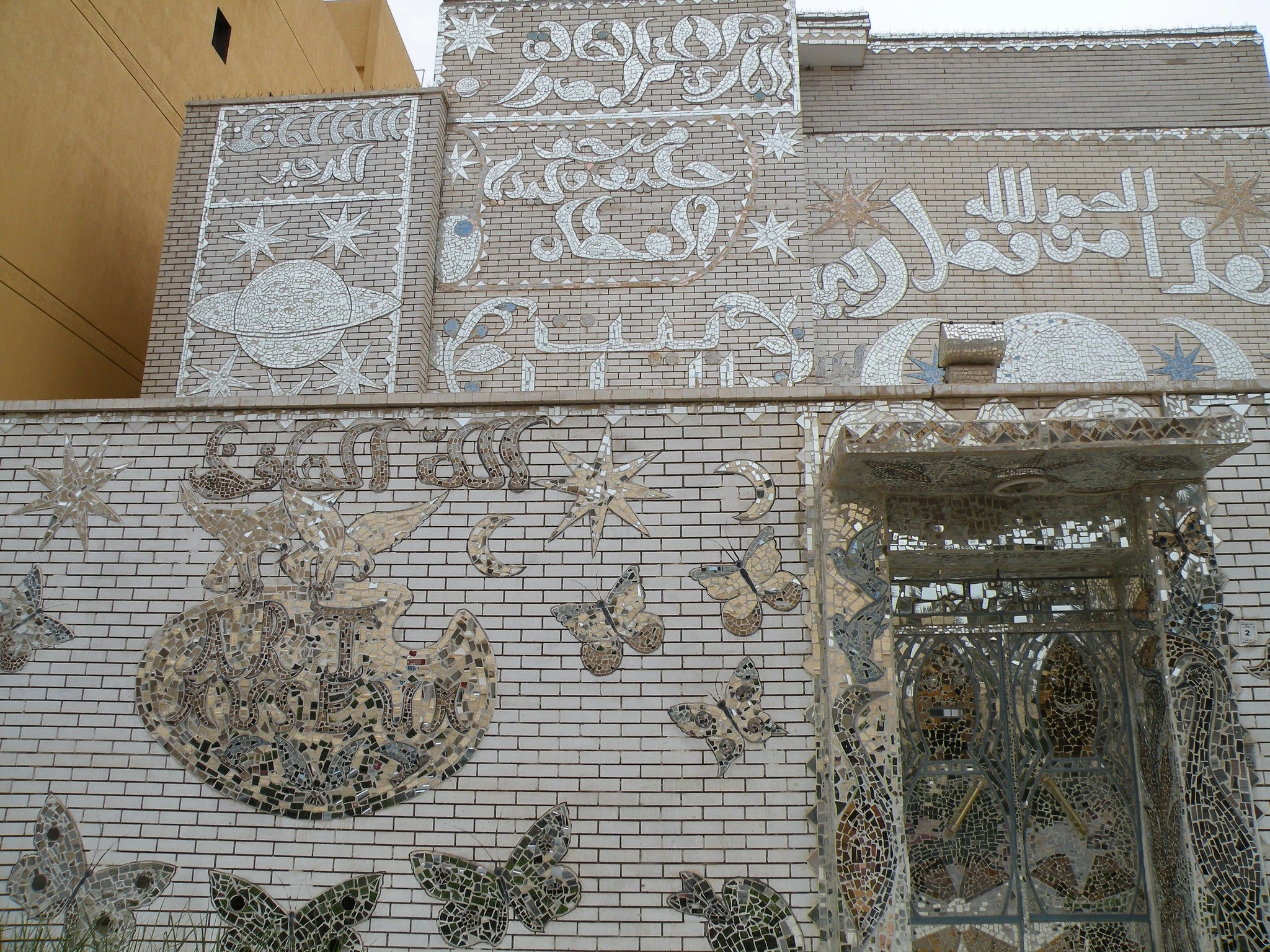
10 Fascinating Destinations that are Just 4 Hours Away from the UAE
06 Jan 25
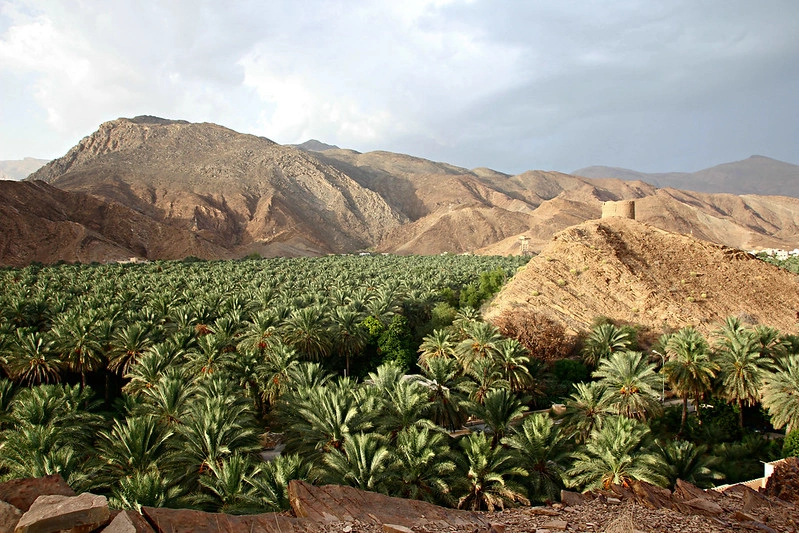
Similar Blogs
Where to Buy Souvenirs in Dubai?
11 Dec 24

UAE National Day Weekend – What to do & Where to go
14 Feb 25

The Harbin Ice and Snow Sculpture Festival: Your Pass to Icy-snowy Dreamland
29 Oct 24

World’s Top 10 Airports: Is your favourite on the list?
15 Jul 25
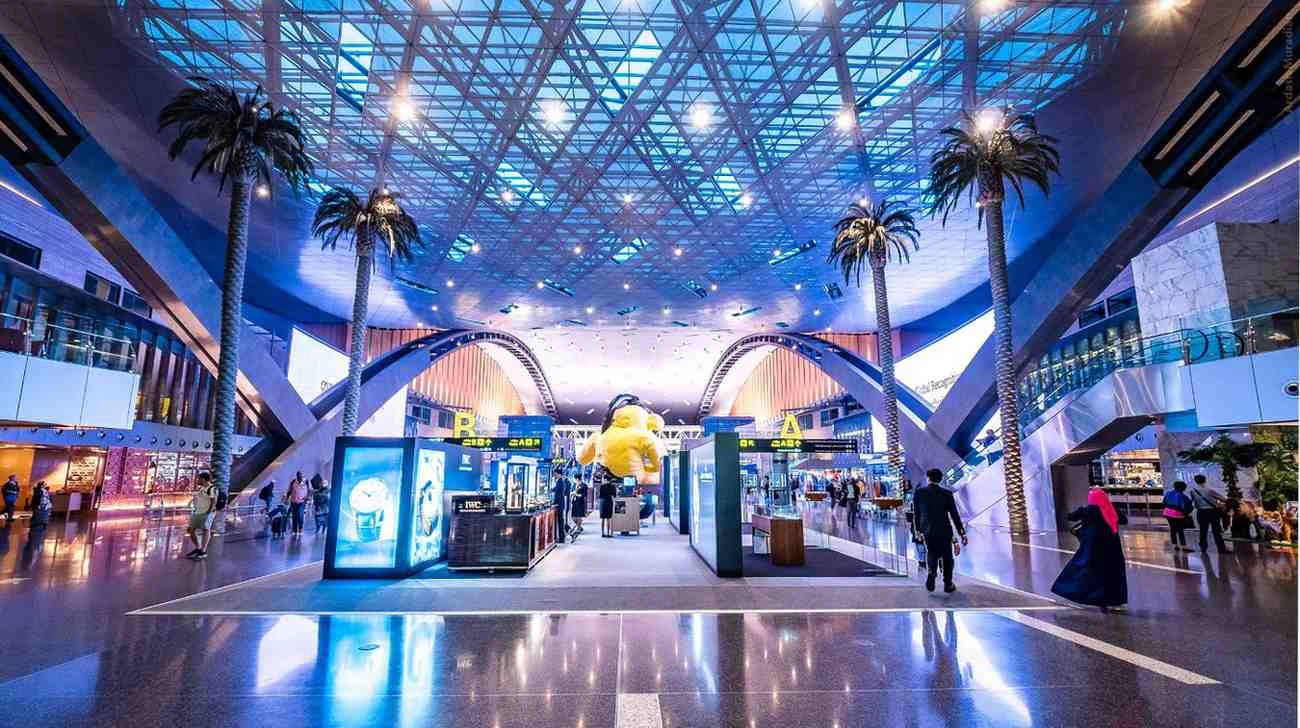
15 Must Try Iftars in Dubai for Ramadan 2025
09 Mar 25
